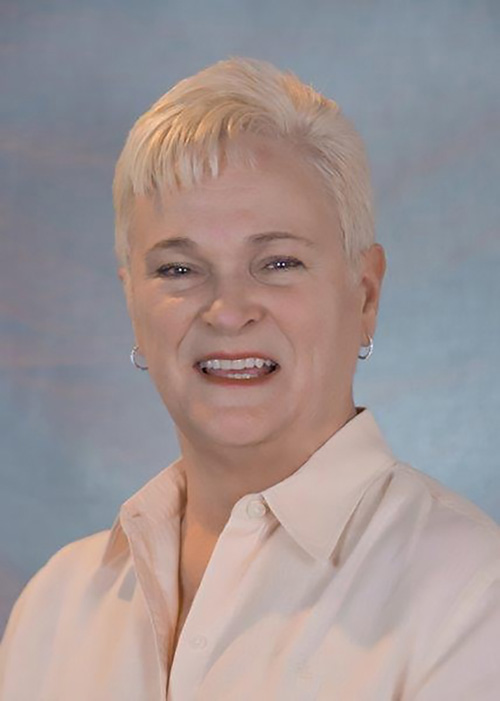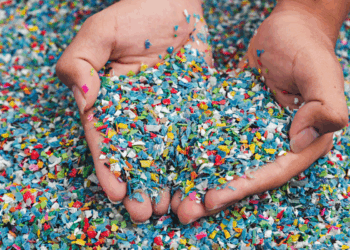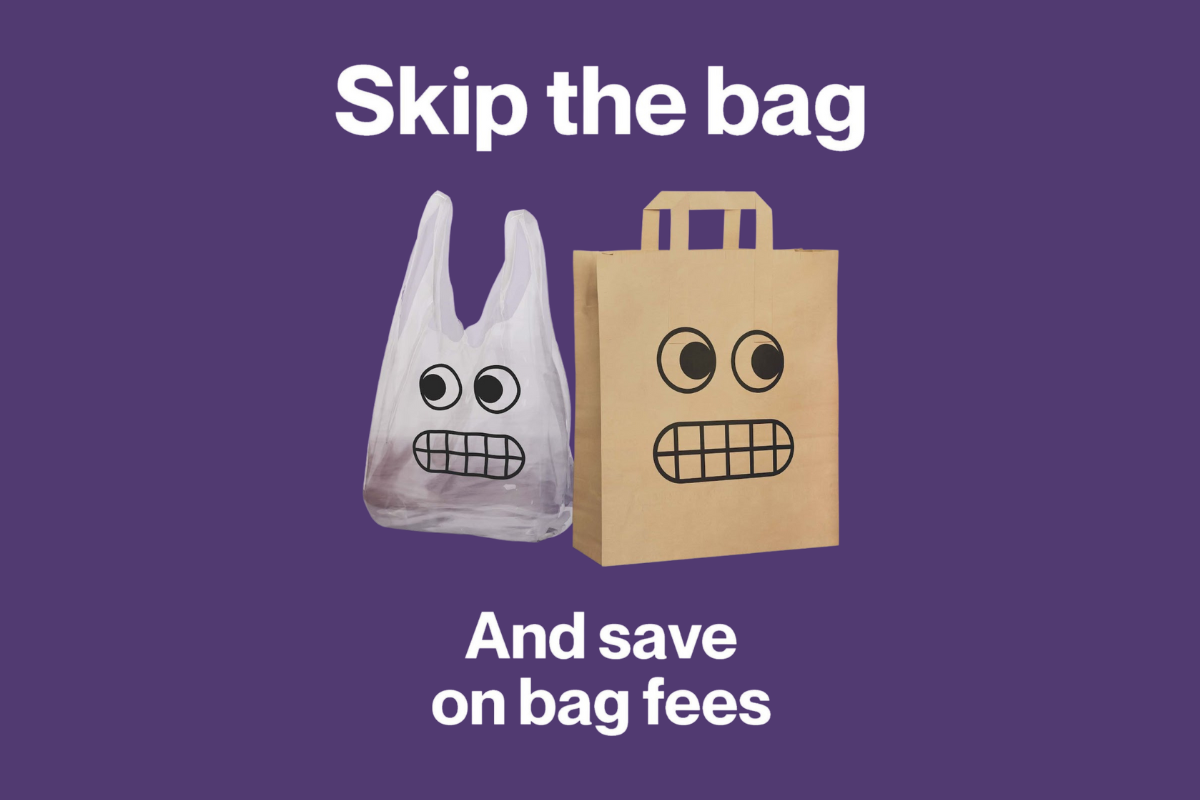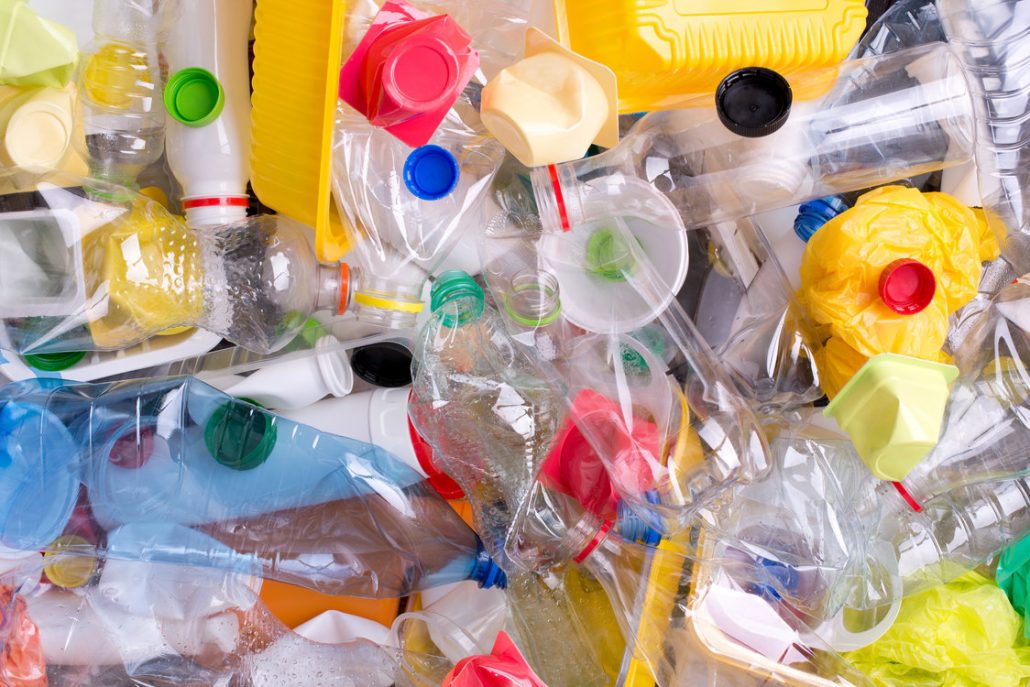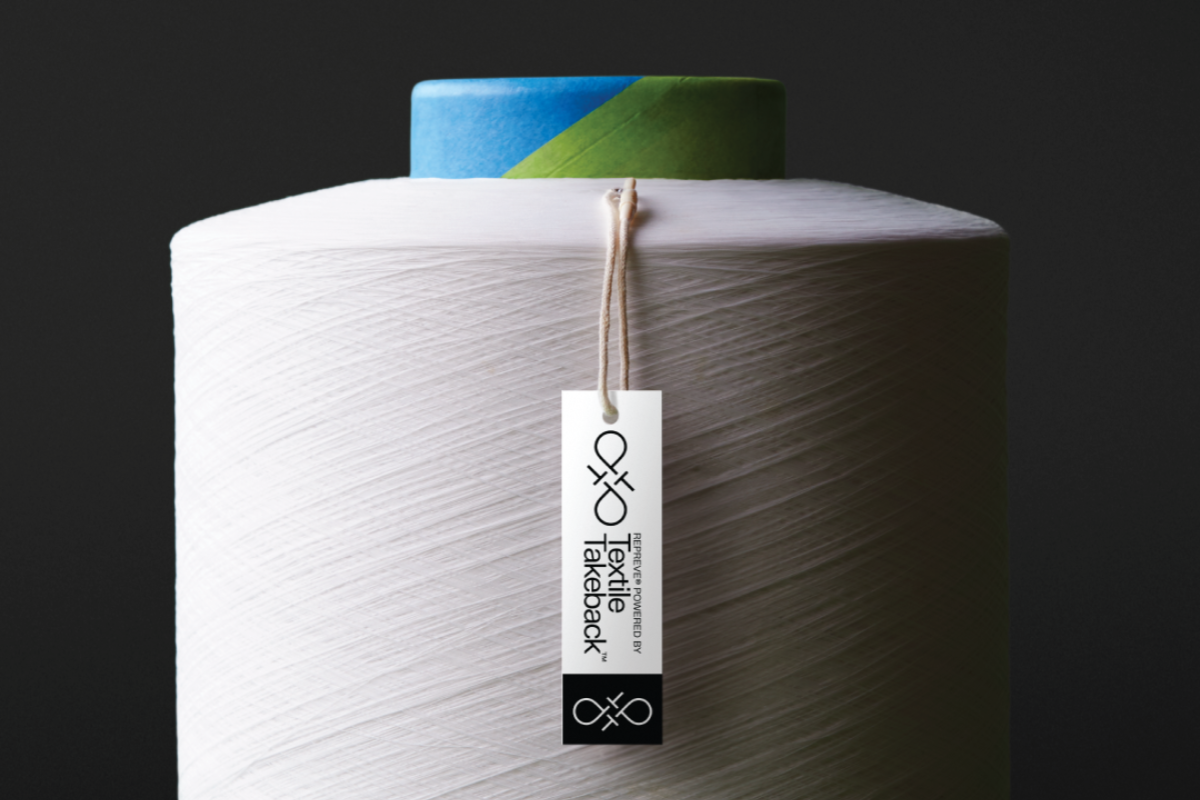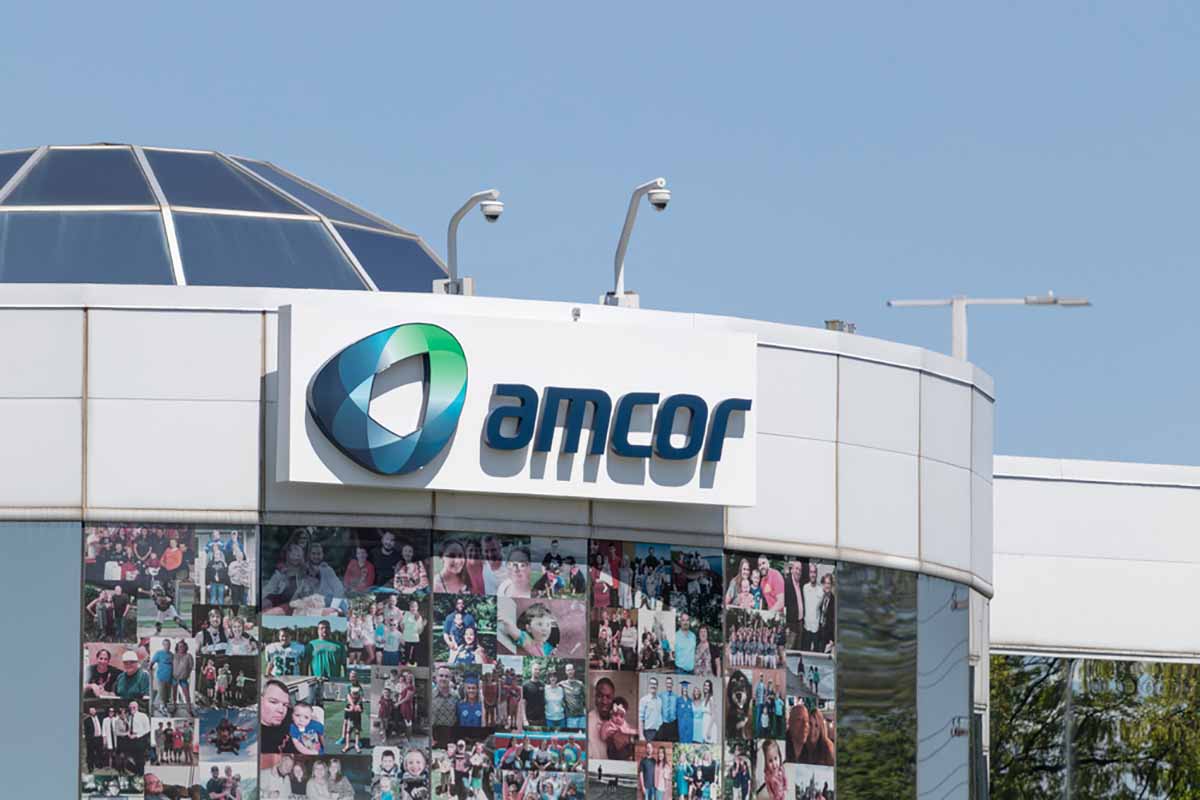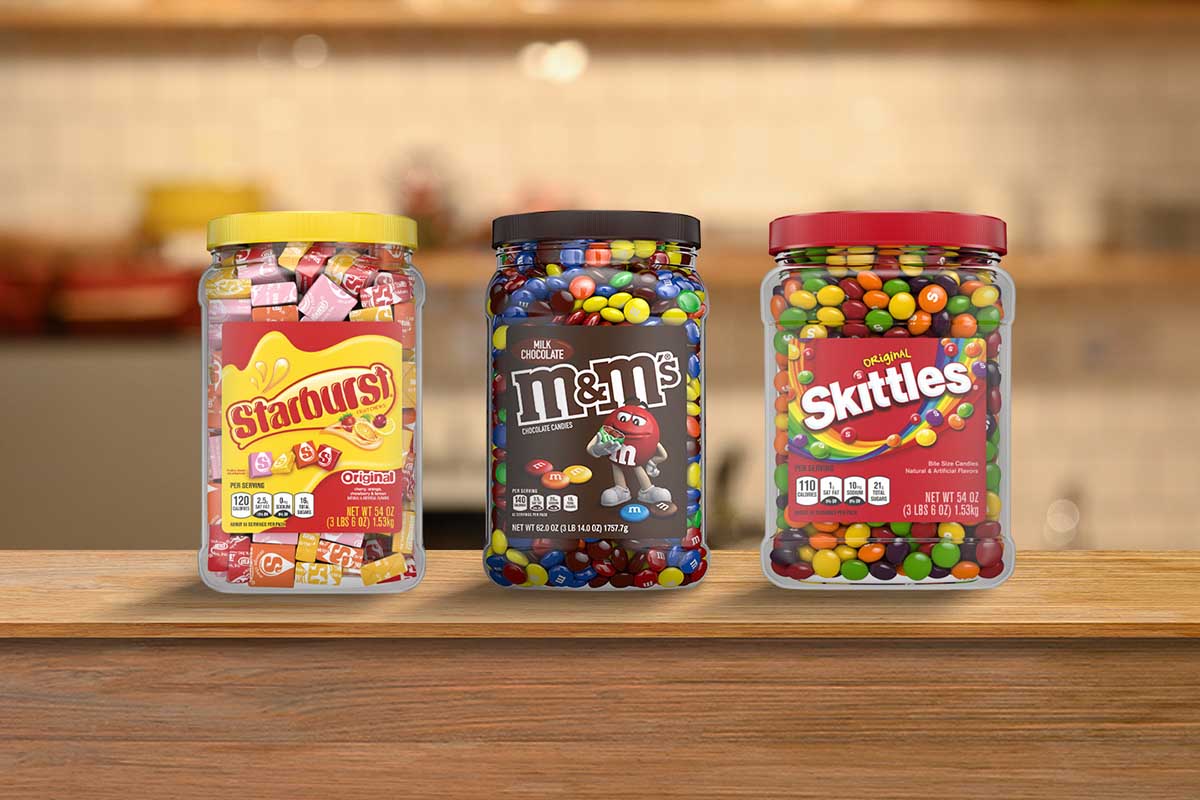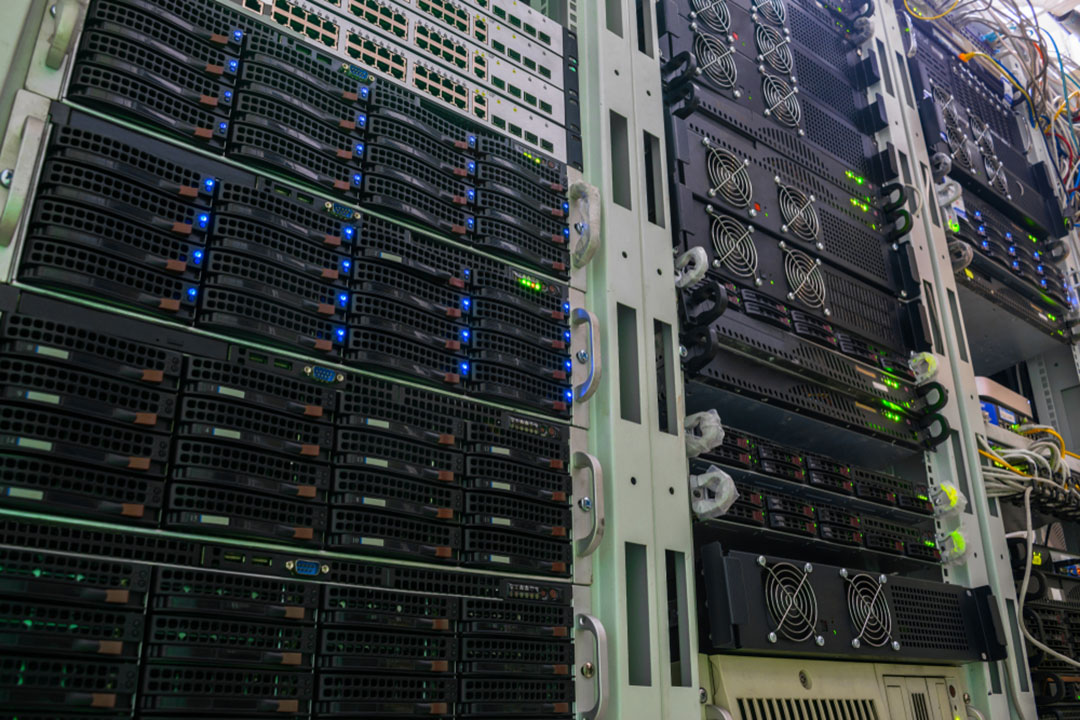As we approach the 2020 Plastics Recycling Conference and Trade Show, we’re giving several industry experts who will be taking the stage a chance to outline some key talking points in advance.
This week, we have a conversation with Kathleen Niesen, who helps direct sustainability for beverage giant PepsiCo.
Niesen will be part of the conference’s closing panel on the afternoon of Wednesday, Feb. 19. She and other experts will have an in-depth conversation on the recycled resin supply/demand gap that is developing as many brand owners make aggressive goals involving more use of recycled plastic.
In the fall of 2018, PepsiCo announced its goal of reaching 25 percent recycled content by 2025. Is there sufficient supply in the market to get your company the recycled plastic it will be needing?
According to the U.S. EPA, in 2015 the recycling rate for plastic was just 9%. And of the recycled plastic available, only approximately 20% is used for food and beverage products. The largest percentage of recycled plastic goes toward fiber, which is used in clothes, shoes and carpet. While PepsiCo is among the biggest users of RPET in the beverage industry, there’s an insufficient supply of recycled materials available on the market, which is part of the challenge we have to overcome to make our sustainable plastics vision a reality.
How is PepsiCo going about achieving its recycled content goals today and how much progress has already been made in its hopes of reaching that 25 percent target?
We’re collaborating with our suppliers, helping to increase consumer awareness, fostering cross-industry and public-private partnerships, and advocating for improved recycling infrastructure and regulatory reform, all of which is important to realize this goal. We also recently announced that in 2020, our LIFEWTR water brand will use 100% RPET in the U.S. Progress toward our 25% recycled content target will be included in our annual sustainability report, which is published annually.
“While PepsiCo is among the biggest users of RPET in the beverage industry, there’s an insufficient supply of recycled materials available on the market, which is part of the challenge we have to overcome to make our sustainable plastics vision a reality.”
Right now, a lot of attention is being put on cleaning up the recycling stream and making sure residents put the right things in the bin or cart. Is there a concern that this could have unintended consequences, leading some residents to give up on recycling altogether?
Sixty-two percent of Americans worry that a lack of knowledge is causing them to recycle incorrectly, and 25% or more of all recycling is contaminated. Despite those statistics, I don’t believe that people will simply “give up” on recycling. The public wants to better understand how recycling works so they can participate more effectively. One way PepsiCo Recycling is investing in education is through our K-12 Recycle Rally program, which engages teachers and educates children about recycling. We believe that instilling appreciation for recycling at a young age will help drive long-term participation. And through that program we’ve seen very positive results. In the 2018-2019 school year alone, nearly 10 million pounds of waste material was diverted from landfills by students enrolled in the program.
What role do you think chemical recycling can play in the next five years to help drive the supply of recycled material?
PepsiCo is optimistic about enhanced recycling and its role in the circular economy in the near future. We believe chemical recycling can provide progress toward the necessary scale to meet market needs and address what have been historically difficult to recycle materials. We’re partnering to drive scale and progress. In late 2018, for example, we entered into a multi-year supply agreement with Loop Industries to incorporate Loop PET plastic into our product packaging. And we also joined a consortium that is investing in a unique enzymatic recycling technology, led by French company Carbios. This technology can produce high-quality 100% recycled PET from more forms of used plastic than other forms of recycling can, potentially offering a new source of recycled content.
What gives PepsiCo hope that these barriers can be overcome in time to reach the company’s goal?
PepsiCo is committed to helping create a world where plastic need never become waste. Our strategy is rooted in three pillars: reducing the amount of plastic we use; recycling more plastic to support a circular economy; and reinventing our packaging. We have committed resources to each of these pillars and have made each an important part of our strategy moving forward. We also acknowledge that we can’t achieve our sustainable plastics vision alone – that’s why we’re working closely with partners like The Recycling Partnership, the Alliance to End Plastic Waste, Closed Loop Partners, and the American Beverage Association to collectively drive change.
Kathleen Niesen will be speaking on the closing session of the 2020 Plastics Recycling Conference and Trade Show. The panel, set for 1 p.m. on Feb. 19, will also include Dylan de Thomas of The Recycling Partnership, Kate O’Neill of the University of California, Berkeley and Holli Alexander of Eastman Chemical Company.
Head to the conference website for all the latest updates and to register today!







